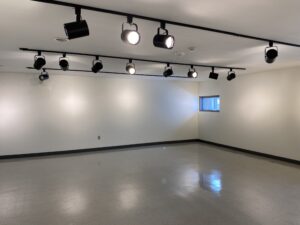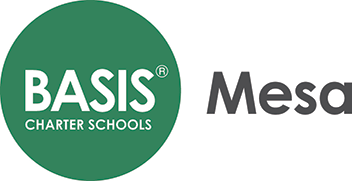Fighting Frames, Tooth and Nail
Hello, Readers!
This week with the Phoenix Art Museum, my mentor and I worked on framing the documents for the gallery. We first visited Mr. Henry, one of the people who handles the framing at the museum, and we asked him for advice. He whipped out his neon measuring tape and instantly became our hero. He handled some of the harder framing tasks and told us general advice such as making sure there’s a 1-2.5 inch margin between the document and the edge of the frame, typically filled with matting.

Afterwards, the frames my mentor Ms. Aspen ordered arrived, and she, another volunteer named Ms. Robin, and I got to work on actually framing the archival documents for the gallery. We struggled a lot with the metal hinges on the frames because we did not have the proper tools to help us. I ended up breaking my nail over a particularly stubborn frame, so that is where this week’s blog title came from. In the end, I resorted to using a tool to bend the hinges: a mount for a tabletop picture frame that we took off because all the documents will be wall-mounted for the gallery.

A lot of the photographs and newspaper clippings have non-standard size ratios, so we had to custom cut some of the mats so they would fit. I thought the mats were soft like foam, but it turned out that they had a consistency closer to thick cardstock. Armed with a boxcutter, I sawed the appropriately-sized holes in the mats; however, the process left bits of white matting everywhere. I sincerely regretted wearing black pants that day…
The highlight of my week was putting a page from a newspaper into a poster frame. Since the paper was so thin, I had to first cut out a sheet of buffered paper to put behind the newspaper. The difference between buffered and unbuffered paper is that the former has a buffering agent that prevents the newspaper from getting yellowed. The reason the newspaper gets yellow in the first place is because of a substance called lignin in the wood pulp used to make the paper. The lignin reacts with light and oxygen and turns yellow, and in order to slow that process down, buffered paper is used.
After cutting out the paper, I needed to find a way to attach the newspaper to the paper without damaging it. My solution was to use hinge tape. Hinge tape attaches to the newspaper and the back of the paper. The type we used did not have a strong adhesive so when it is time to disassemble the gallery, the newspaper will come off easily without damage. In my research, I found a technique where a small slit is cut into the paper so the tape can slide through and attach to the back, so the tape is hidden from the viewer. I am glad that it worked so well.


This week, I wrote the poem as a haiku:
Documents framed,
Future hinges on the tape
R.I.P my nails
One thing I have started to realize is that the scope of my Senior Project was previously too narrow. I envisioned a project focused around the preservation of artwork, but through my experiences so far, I discovered that far more things than just paintings are preserved at the Phoenix Art Museum. Whether it is the archival documents, the library books, or even the walls, many things are considered valuable and therefore need to be preserved for the future. So, I will continue to study the preservation of all things at the museum rather than just the art.
Next week, we will start the hanging process for the gallery, and one of the big challenges is figuring out how to put up the heavier displays without poking giant holes in the wall. The previous gallery has been taken down, and the sight of big, empty walls fills me with excitement.


Comments:
All viewpoints are welcome but profane, threatening, disrespectful, or harassing comments will not be tolerated and are subject to moderation up to, and including, full deletion.